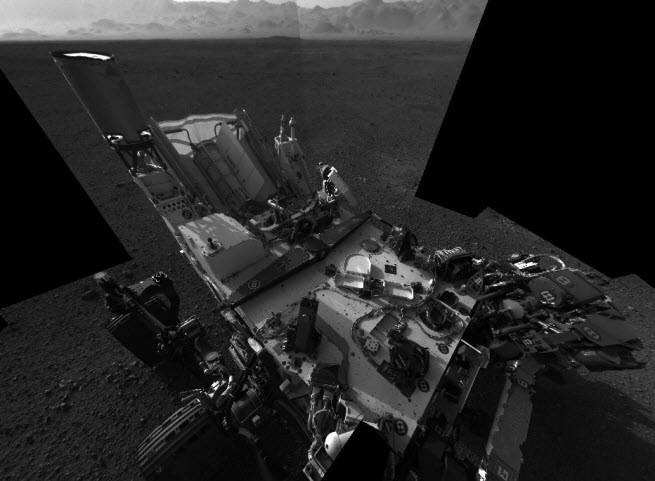How’s this for a remote operation? NASA’s Mars Science Laboratory team had to send a software update to the Curiosity Rover on Mars, more than 160 million miles away.
[aditude-amp id="flyingcarpet" targeting='{"env":"staging","page_type":"article","post_id":513865,"post_type":"story","post_chan":"none","tags":null,"ai":false,"category":"none","all_categories":"business,","session":"C"}']The software had to be updated because Curiosity needed different software to drive around on Mars than it did to land on the planet’s surface. The computer hardware in the Curiosity Rover is powered by a pair of computers built by BAE Systems. These RAD750 computers use a 10-year-old IBM PowerPC microprocessor running at 132 megahertz. It has just 120 megabytes of random access memory, making it a great computer if you’re living in 1995. But it’s built to withstand wild temperature swings, radiation, and physical shaking.
The drawback is that the computer on the robot vehicle doesn’t have enough memory for both the landing and surface missions. So NASA had to swap out the software over four days of communication through the void of space. It took so long because every interaction takes 14 minutes to send the signal to the rover and 14 minutes to get a response back. I guess you could call that the longest-distance mobile computing that we’ve seen yet.
VentureBeat's mission is to be a digital town square for technical decision-makers to gain knowledge about transformative enterprise technology and transact. Learn More

